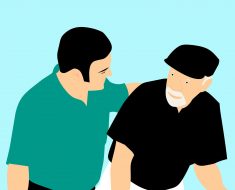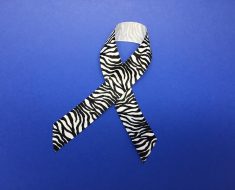
If you’re suffering from chonic pain, getting pricked by a number of long, thin needles in different places might sound counterintuitive to you. But in the hands of a licensed and experienced acupuncturist, the needles could be the first step on your path towards recovery.
WebMD says the Food and Drug Administration first cleared acupuncture needles for use in 1996, paving the way for the conventional medical world to accept this branch of alternative medicine, but the practice itself predates the FDA by more than several centuries. And while the walls of a Chinese practitioner may have copies of ancient posters marking a person’s acupuncture points, LiveScience says the practice of acupuncture today is very different from the way it would have been carried out several centuries ago when it was first invented, or even during China’s Cultural Revolution in the 1970s, when the practice of acupuncture was revived as a way of providing a medical solution to a great number of the population who had no access to healthcare.
Acupuncture is viewed in different ways

Acupuncture, as viewed through the lens of traditional Chinese medicine, is tied to the belief that pain is linked to a disruption in the flow of energy or qi (pronounced “chee”). The acupuncture procedure, which involves inserting needles into several meridian points, is meant to stimulate the affected area so that any trapped qi around the acupuncture or meridian points is released. Western doctors who have studied acupuncture say these procedures are effective in pain management because needles are inserted into areas that stimulate nerves, muscles, and connective tissues, which gives your body’s natural painkillers a boost in the process (via Mayo Clinic).
“One major hypothesis is that acupuncture works through neurohormonal pathways,” Ting Bao, a medical oncologist at New York’s Memorial Sloan-Kettering Cancer Center says. “Basically, you put the needle through specific points in the body and stimulate the nerve. The nerve actually sends signals to the brain, and the brain releases neural hormones such as beta-endorphins. By doing that, the patient may feel euphoric, or happy, and this increases the pain threshold and they feel less pain.”
The Mayo Clinic lists several conditions where acupuncture has been known to work. These include dental pain, low back and neck pain, osteoarthritis, and chronic headaches. Given that the risks associated with acupuncture are low, and side effects are minimal (as long as you see an experienced, licensed practitioner), it may be worth giving this traditional alternative medical treatment a try.
Source: Read Full Article





